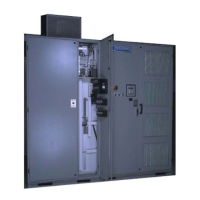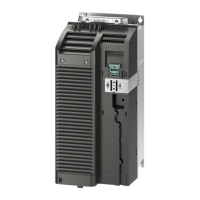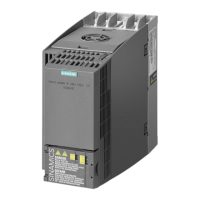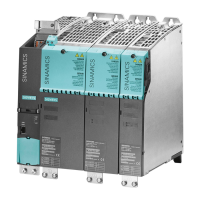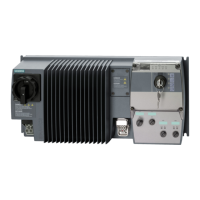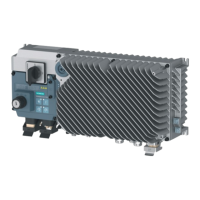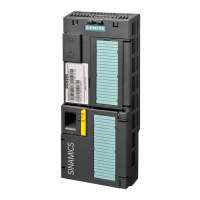4.7 Control Modes
4.7.1 Vector Control introduction
Vector Control
SINAMICS PERFECT HARMONY GH180 drives use vector control to control induction motors and
synchronous motors. Vector control provides a framework that is simple to implement, and
performs nearly as well as a DC motor. Figure Vector Control Algorithms shows a simplied
representation of the vector control algorithms implemented in the drives. The basic
components of vector control are:
1. Motor model: determines motor ux, angle and speed.
2. Current regulators: these regulators are referred to as the inner loops.
3. Flux and speed regulators: these regulators are referred to as the outer loops.
4. Feed-forward (FF) compensation: improves the transient response of torque loop and ux
loop.
4.7.2 Components of Vector Control
Components of Vector Control
Motor Model
The motor model uses measured motor voltage and estimated stator resistance voltage drop to
determine stator ux amplitude, motor speed and ux angle. This allows stator resistance
compensation to be automatic. A simplication of motor equations is obtained by transforming
the three-phase AC quantities, which are referred to being in a stationary reference frame, to DC
quantities that are in a synchronously rotating or DQ reference frame. A phase-locked loop (PLL)
within the motor model tracks the stator frequency and angle of the ux vector.
Flux and Speed Regulators
Motor ux amplitude is controlled by the ux regulator; its output forms the command for the
magnetizing or ux-producing component. Motor speed is determined from stator frequency,
and is controlled by the speed regulator. Its output is the command for the torque-producing
current regulator. Motor speed is compensated for slip in induction machines.
Current Regulators
The ux angle is used to decompose the measured motor currents into magnetizing and torque
producing components. It is this decomposition that allows independent control of ux and
torque, similar to DC motor control. These current components are regulated to their
commanded values by the current regulators. Outputs of the current regulators are combined
and converted to produce three-phase voltage commands that get modied with signals from
NXGPro+ Control Description
4.7 Control Modes
NXGPro+ Control Manual
Operating Manual, A5E50491925A 47
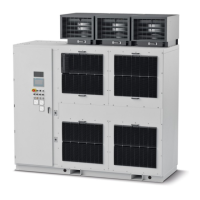
